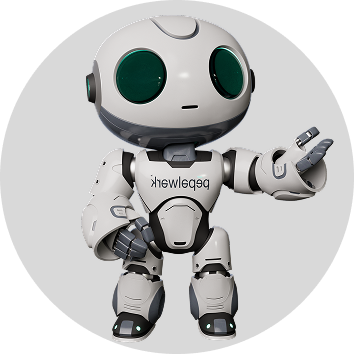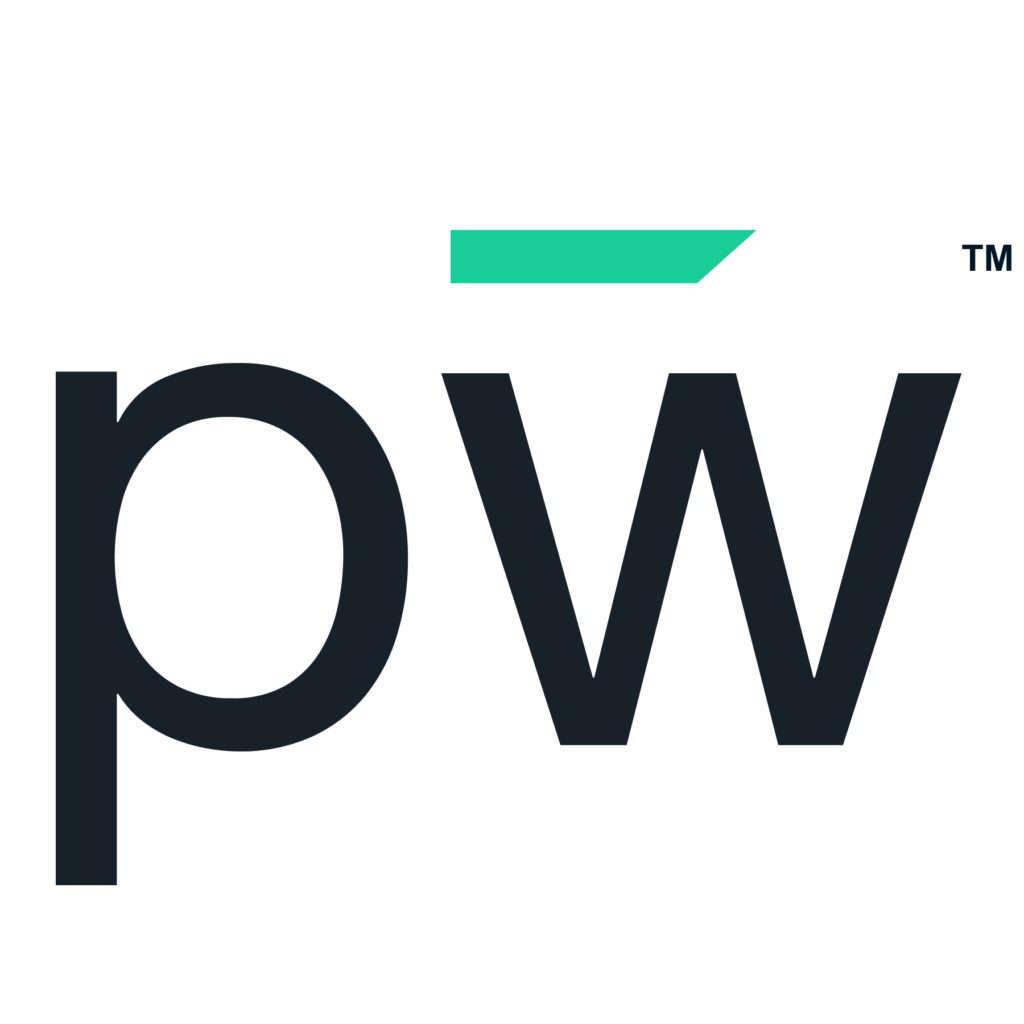You’re building your company’s future every day with the people you recruit and hire. While your strategies for developing people are innovative, most methods to do it remain stuck in the past. They don’t consider the expectations of today’s job seekers and what makes them qualified candidates.
The hiring process is evolving based on these changes, and you need a new approach to improve the experience for everyone, reduce costs, optimize value and keep your pipeline running. Candidate-matching software can help you realize these goals.
In this post, we’ll introduce candidate-matching software, how it works, its benefits and why it’s the future of hiring.
Recruitment is at a pivotal point.
Many factors are shaping today’s hiring landscape. The economy keeps adding new jobs, and unemployment is low. However, economic uncertainty is bubbling up, and major companies have issued massive layoffs.
As a hiring manager, you know the competition for candidates can be fierce. You may also be struggling with finding the right people with the skills needed to do the job. All these things are culminating, creating a talent deficit that will impact the entire world. Experts estimate the shortfall could be as high as 85.2 million workers by 2030.
So, how are you going to beat these odds? By breaking from the current cycle of recruitment, which involves ineffective job boards, sifting through resumes and leading with requirements that don’t necessarily indicate skill. Candidate-matching software shifts you to a new process that could shield your company from that looming scarcity of talent.
What is candidate-matching software?
Candidate-matching software, such as pepelwerk’s platform, enables companies to source candidates and proactively hire. With this tool, you’ll develop much more in-depth job profiles than a job board advertisement. Then, depending on what skills and qualifications you need, the system leverages artificial intelligence (AI) to match you with candidates based on their attributes, abilities and attitudes. This type of matching minimizes bias.
These unique matches present you with people you may have previously overlooked because they were missing a specific skill. Through the platform, you can develop them and keep them in your pipeline. It also streamlines the entire hiring process with people-centered technology.
How does candidate-matching software compare to AI resume matches?
You may think “matching platform” is just another term for “AI resume matches.” But they are two different things that use aspects of the same technology. AI resume matches focus on keywords. So, this process will only deliver people that fit a very narrow scope. It’s problematic, and in one survey, 88% of employers said this process dismissed qualified candidates because there wasn’t a precise keyword match.
AI can play a powerful role in the future of hiring, but its application isn’t always the same. Ideally, you want “smarter” AI that does more than filter out people based on word choices.
Candidate-matching software improves the experience for all.
Experience is critical for the future of recruitment, and job seekers are often frustrated and disillusioned. In fact, 49% of people refused a job offer due to a bad recruiting experience. Others will drop out long before that point. So, what do candidates want?
It’s simple, really: They want communication and transparency, and you likely want to provide them with this. The problem is that standard recruiting processes and applicant tracking systems leave you with too much administrative work and insufficient support. Great candidates fall through the cracks. Things get messy, and you can’t focus your energy on what’s important: finding great people.
Candidate-matching software optimizes the experience for all. Your matches are people that fit your needs. The platform also vets them, so you can feel confident that these candidates are ready to work. The platform continues the workflow with automated communications, assessment resources and interview management.
Job seekers don’t have to worry about never hearing from you again. Using this technology gets you out of the weeds and back to building the best workforce.
Candidate-matching software can lower your cost per hire.
In addition to all the other recruitment challenges you face, you also have to worry about the numbers. The average cost per hire is $4,700, according to research from the Society for Human Resource Management. It’s even higher for some roles, and you may be under pressure to reduce this amount.
Candidate-matching software can help you lower your cost per hire. When you move your budget to this approach, you can eliminate job board and staffing agency costs, which are often exorbitant. You’ll get more value from your dollars and better results with pepelwerk job matching because our software is outcome-based.
The future of hiring is here. Remove the hurdles, limitations and outdated approaches with pepelwerk. Start now by booking a meeting with our team.










